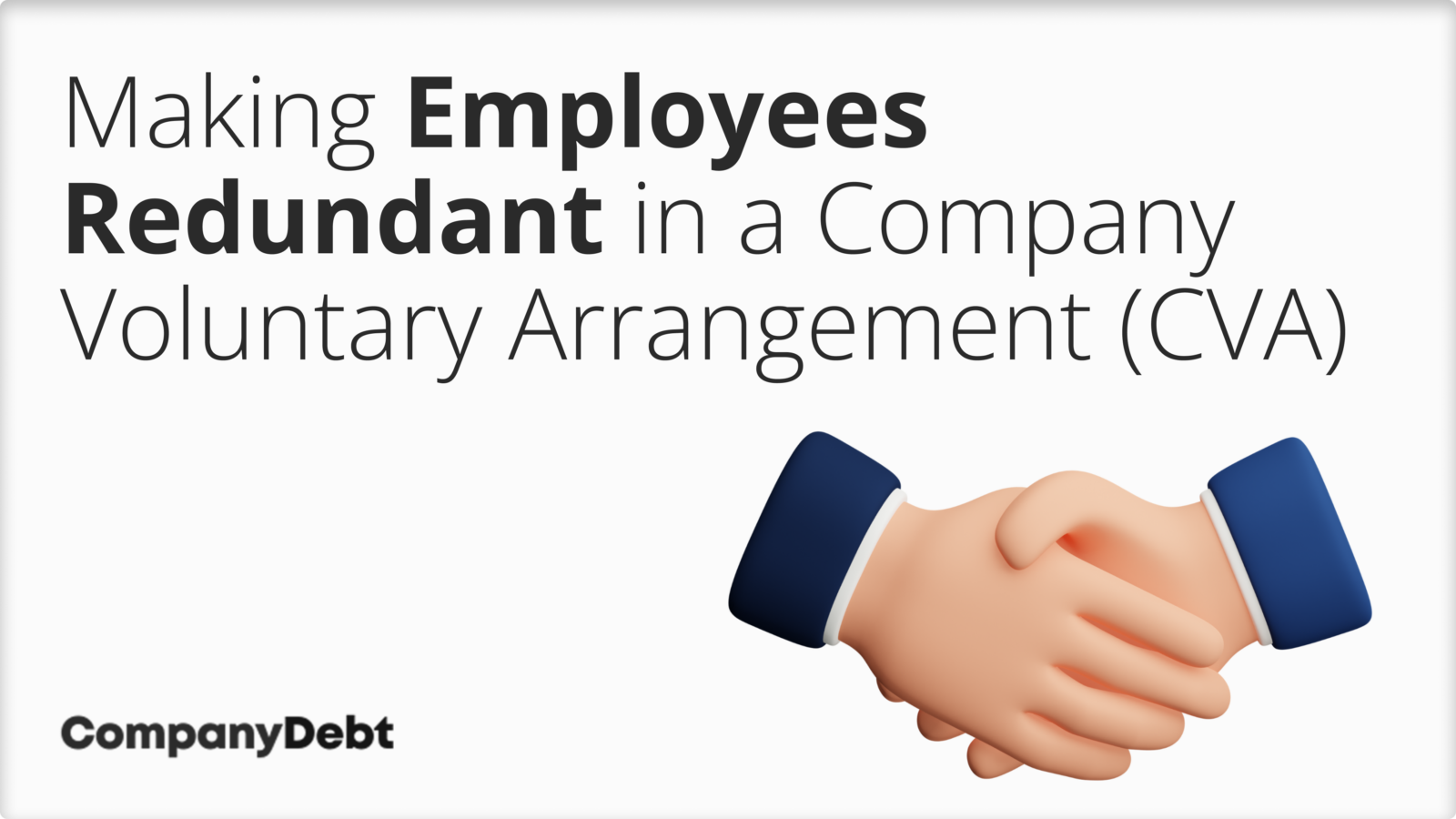Checking Out the Operational Dynamics of Company Redundancy and Its Long-Term Sustainability

Redundancy Strategies for Company Continuity
In order to ensure undisturbed procedures, organizations have to carry out efficient redundancy methods for business continuity. Redundancy in this context describes the replication of crucial elements or functions within a system to alleviate the influence of possible failures. By integrating redundancy approaches, companies can improve their resilience versus disturbances brought on by numerous aspects such as all-natural calamities, devices failures, or cyber-attacks.
One typical redundancy technique is the implementation of back-up systems and information storage options. This involves creating matches of crucial information and systems that can be activated in situation of a main system failing. Additionally, companies can establish redundant interaction networks and source of power to keep connection and procedures during unexpected events.
Moreover, cross-training staff members to perform numerous roles within the company can work as a beneficial redundancy strategy. If vital personnel are unavailable due to health problem or various other reasons, this guarantees that necessary tasks can still be lugged out also. Overall, efficient redundancy techniques are vital for businesses to maintain functional connection and reduce the influence of potential disruptions.
Effect of Redundancy on Organizational Resilience
Given the crucial duty redundancy techniques play in ensuring company continuity, discovering the effect of redundancy on organizational durability becomes necessary for understanding the alternative functional characteristics of a business. Redundancy, when tactically executed, can dramatically add to boosting an organization's resilience in the face of unanticipated challenges.
Additionally, redundancy can cultivate advancement and imagination within an organization as workers feel equipped to take computed risks, understanding that there is a security web to support them in case of failing. Overall, the effect of redundancy on business resilience is profound, shaping the long-lasting sustainability and success of a company.
Balancing Performance and Flexibility in Redundancy
Achieving an unified balance between operational efficiency and adaptive versatility is a crucial difficulty in the critical release of redundancy within organizations. Reliable procedures are necessary for keeping performance and cost-effectiveness, making sure that sources are made use of ideally. Nonetheless, too much emphasis on efficiency alone he has a good point can bring about rigidness, making it challenging for companies to adjust to unanticipated adjustments or challenges. On the various other hand, versatility enables companies to respond nimbly to developing situations, promoting innovation and strength. Yet, also much adaptability without a solid functional foundation can lead to ineffectiveness and variance.
To balance effectiveness and adaptability in redundancy preparation, companies should thoroughly assess their functional needs, market characteristics, and calculated objectives. Eventually, finding the appropriate stability between performance and versatility is vital for developing a sustainable and resistant organization in the face of uncertainty.
Long-Term Sustainability With Redundancy Planning
To make certain long-lasting feasibility and stability, companies have to purposefully straighten their redundancy planning with long-lasting sustainability objectives, thus harmonizing operational effectiveness with adaptive versatility. Companies should view redundancy not as a reactive service to prompt issues but as a proactive click method for long-term success.

Aggressive Steps for Sustainable Company Operations
Exactly how can companies proactively boost their functional sustainability for long-term success? Applying aggressive measures is necessary for firms intending to make sure lasting operations.
Furthermore, promoting a society of continual improvement and understanding within the organization can improve flexibility to altering market conditions and consumer needs. Motivating employee involvement in decision-making procedures and providing chances for specialist growth can improve spirits, productivity, and general performance. Establishing clear objectives, monitoring crucial efficiency signs, and routinely reviewing progress are crucial elements of aggressive sustainability monitoring.
Working together with suppliers, customers, and other stakeholders to promote lasting techniques throughout the supply chain can develop a causal sequence of positive impact - redundancy pay if company goes bust. By taking positive steps towards operational sustainability, companies can develop resilience, drive innovation, and protect their long-term success in an ever-evolving company landscape
Verdict

In the world of business monitoring, the critical deployment of company redundancy stands as a critical yet elaborate practice that requires a delicate balance between operational effectiveness and lasting stability. By exploring the functional characteristics that underpin firm redundancy and examining its broader ramifications for business resilience and versatility, a nuanced understanding of exactly how redundancy techniques can shape the future trajectory of a firm starts to unravel.Offered the vital role redundancy strategies play in ensuring business continuity, exploring the influence of redundancy on business resilience comes to be imperative for understanding the all natural operational dynamics of a business. Overall, the impact of redundancy on business resilience is profound, forming the long-lasting sustainability and success of a firm.
In verdict, understanding the operational characteristics of business redundancy is vital for ensuring long-lasting sustainability.